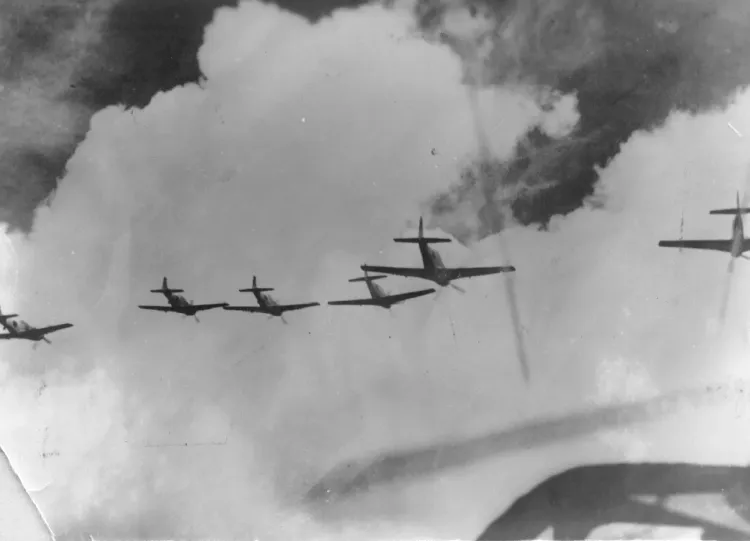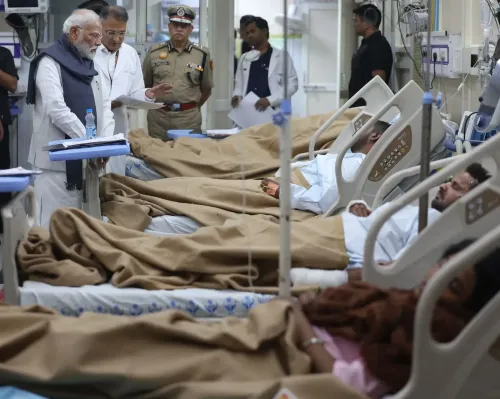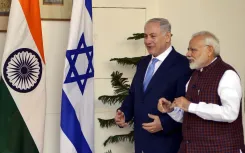Did North Korea Just Reveal Wreckage of a US Fighter Jet Before the 72nd Armistice Anniversary?

Synopsis
Key Takeaways
- North Korea has displayed the wreckage of a purported US fighter jet from the Korean War.
- The unveiling precedes the 72nd anniversary of the armistice.
- The wreckage is showcased at the Victory Museum in Pyongyang.
- North Korea uses this exhibit to reinforce its narrative against the US.
- The Rodong Sinmun warns against forgetting the lessons of the past.
Seoul, July 17 (NationPress) - On Thursday, North Korea showcased the remains of what is believed to be a US fighter jet involved in the 1950-53 Korean War, just ahead of the country's 72nd armistice anniversary. The Rodong Sinmun, North Korea's leading newspaper, reported that the "wreckage of an enemy aircraft" has attracted significant attention after being newly exhibited at the captured weapons hall of the Victory Museum of the Fatherland Liberation War in Pyongyang.
Published images and descriptions from the newspaper indicate that the wreckage belongs to a US fighter jet that participated in the Korean War. The Rodong Sinmun mentioned that it was retrieved from the Yellow Sea last year, with images depicting uniformed students examining the severely damaged wreckage on display, as reported by the Yonhap news agency.
The newspaper characterized the wreckage as an "enemy plane that was shot down by the fierce firepower of the people's armed forces after circling our sacred airspace since being deployed in the Korean War in July 1950." Additionally, the outlet issued a warning to "the descendants of US invasionists," urging them to remember the lessons of the 1950s and not to "act rashly." It also stated, "There is still ample space left in our captured weapons hall."
This announcement comes as North Korea prepares to commemorate the 72nd Day of Victory on July 27, marking the signing of the 1953 armistice that ended the three-year Korean War. As the anniversary approaches, North Korea generally intensifies its hostility towards the US, which supported South Korea during the war, while portraying the armistice signing as a significant victory for itself.









